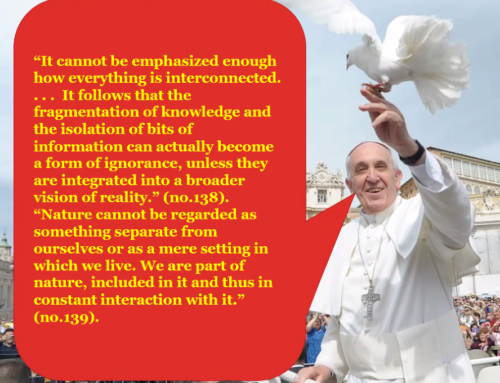Abstract
With a Nobel Prize for Physics widely viewed as only given for ‘settled’ science, the award then essentially accepts the validity of universal nonlocality. Other key discoveries and insights in recent years are also progressively pointing to the appearance of our Universe, its energy-matter and space-time, as not being foundational but emerging from deeper, discarnate realms of causation. as digitized and meaningful, in-formation, its manifestation pixelated at the so-named Planck scale of existence. Extending from studies of black holes to the entire Universe, a growing number of cosmologists have also developed the so-named holographic principle, to model the four-dimensional appearance of our Universe (three dimensions of space and one of time) as a holographic projection of its two- dimensional boundary. In framing the emergent cosmology of a nonlocally unified, meaningfully in-formed and holographically manifested Universe, an expansion of the three universal Laws of Thermodynamics to three Laws of Information, or Infodynamics also points the way to reconciling Quantum Theory that describes energy-matter and Relativity Theory that describes space-time and offers too an understanding of how the lifecycle of our Universe flows from its first moment until its last. Treating gravity as an emergent consequence of the in-formational and holographic structure of space- time and describing it as the consequence of the intropy associated with the positions in space-time of massive bodies, also points to the findings of the loss of phenotype identity in zero gravity and the role between gravity and cellular identity and the emergence of symbiogenesis.

